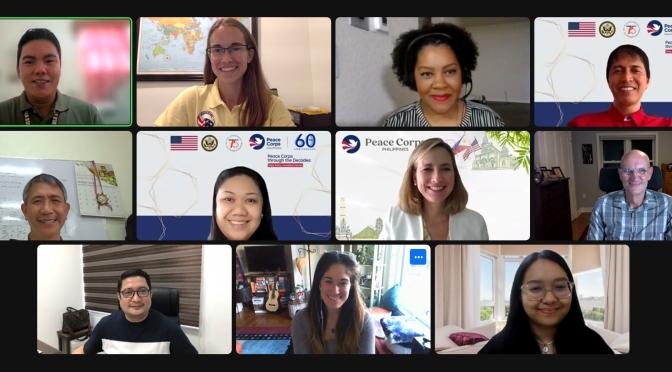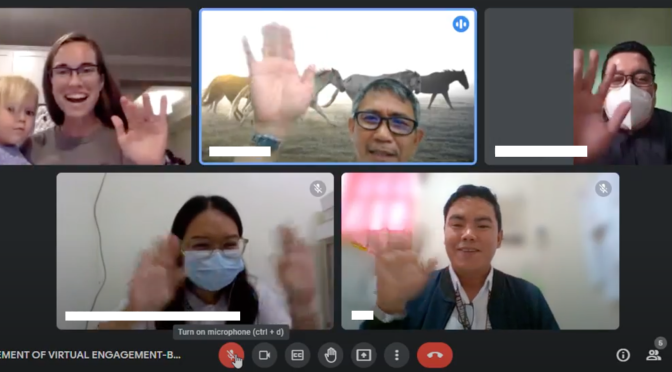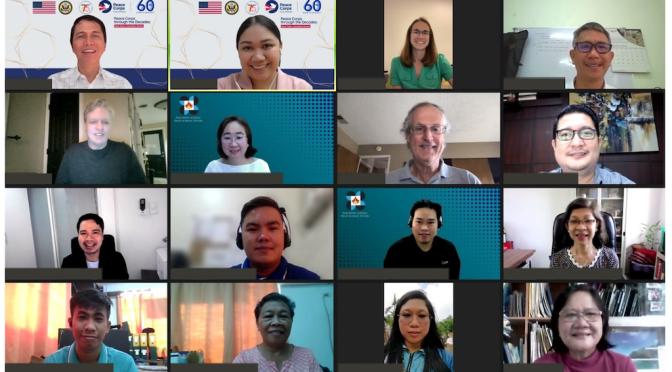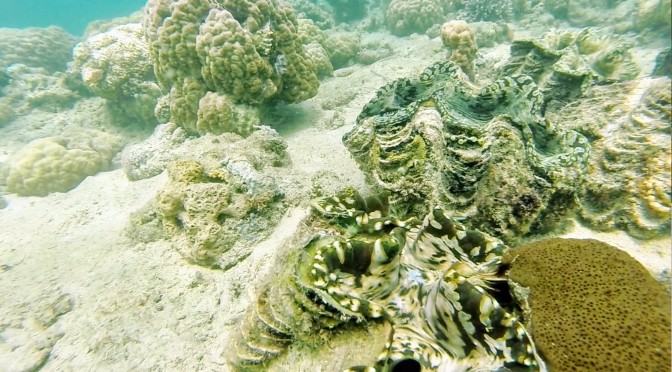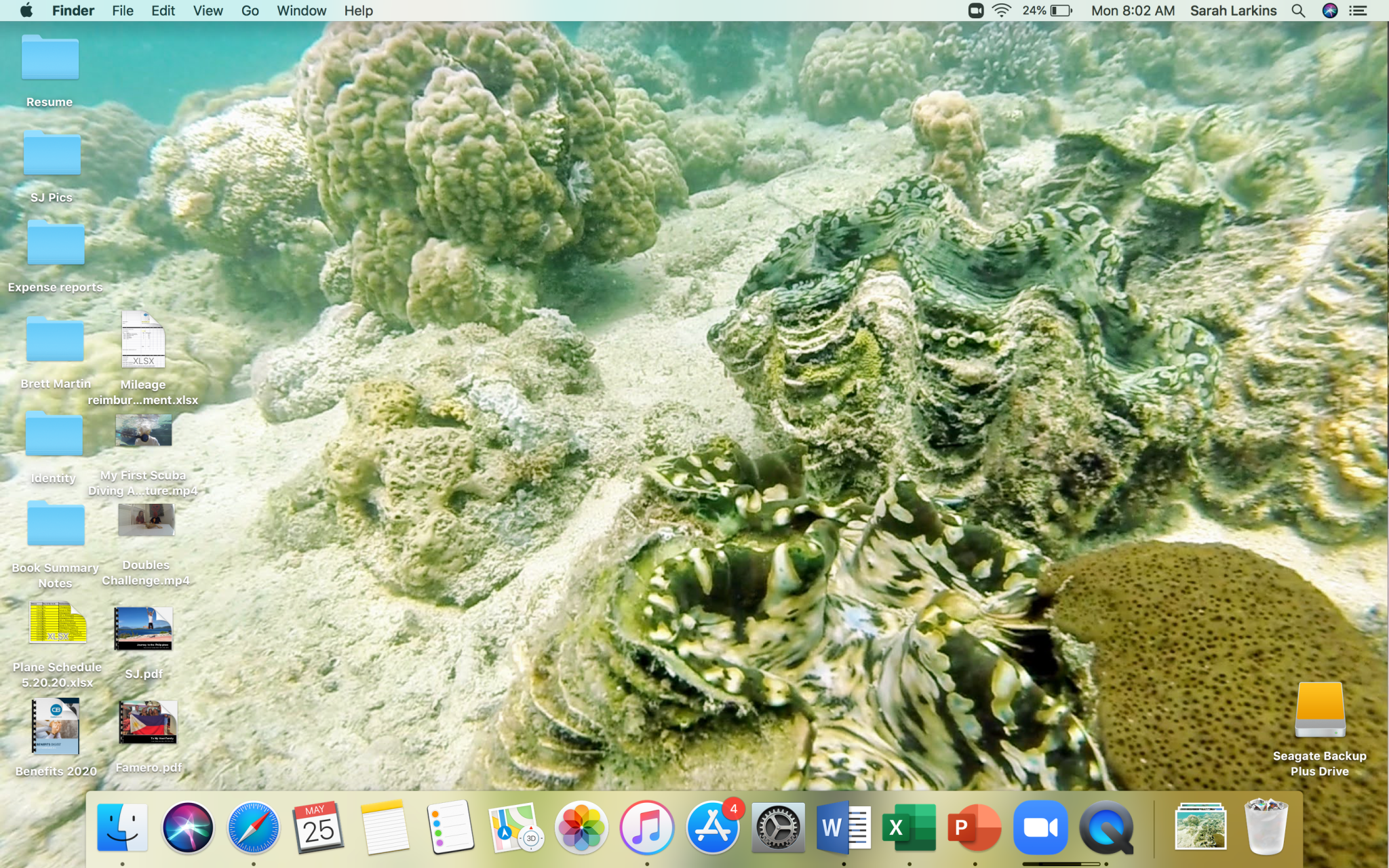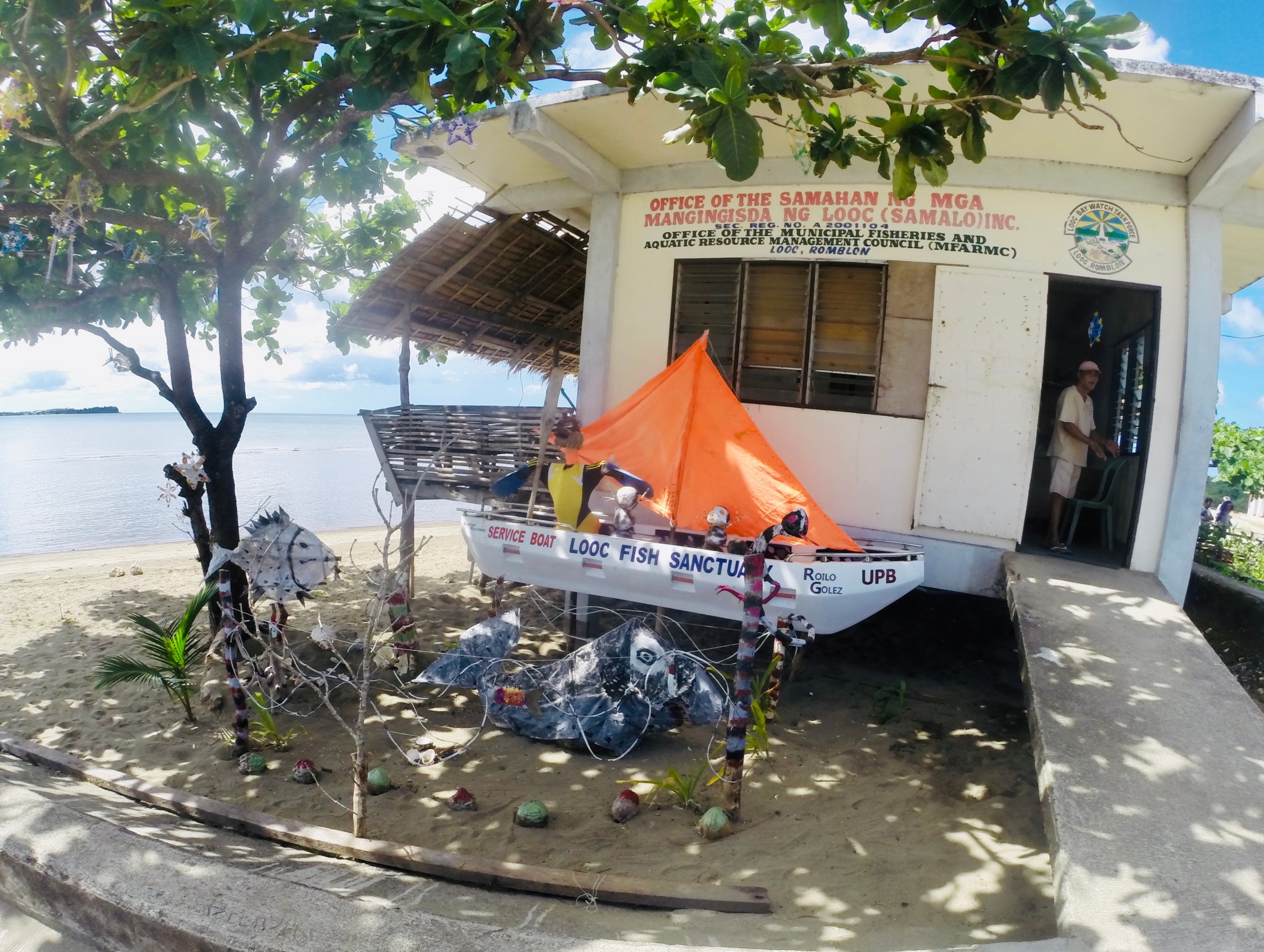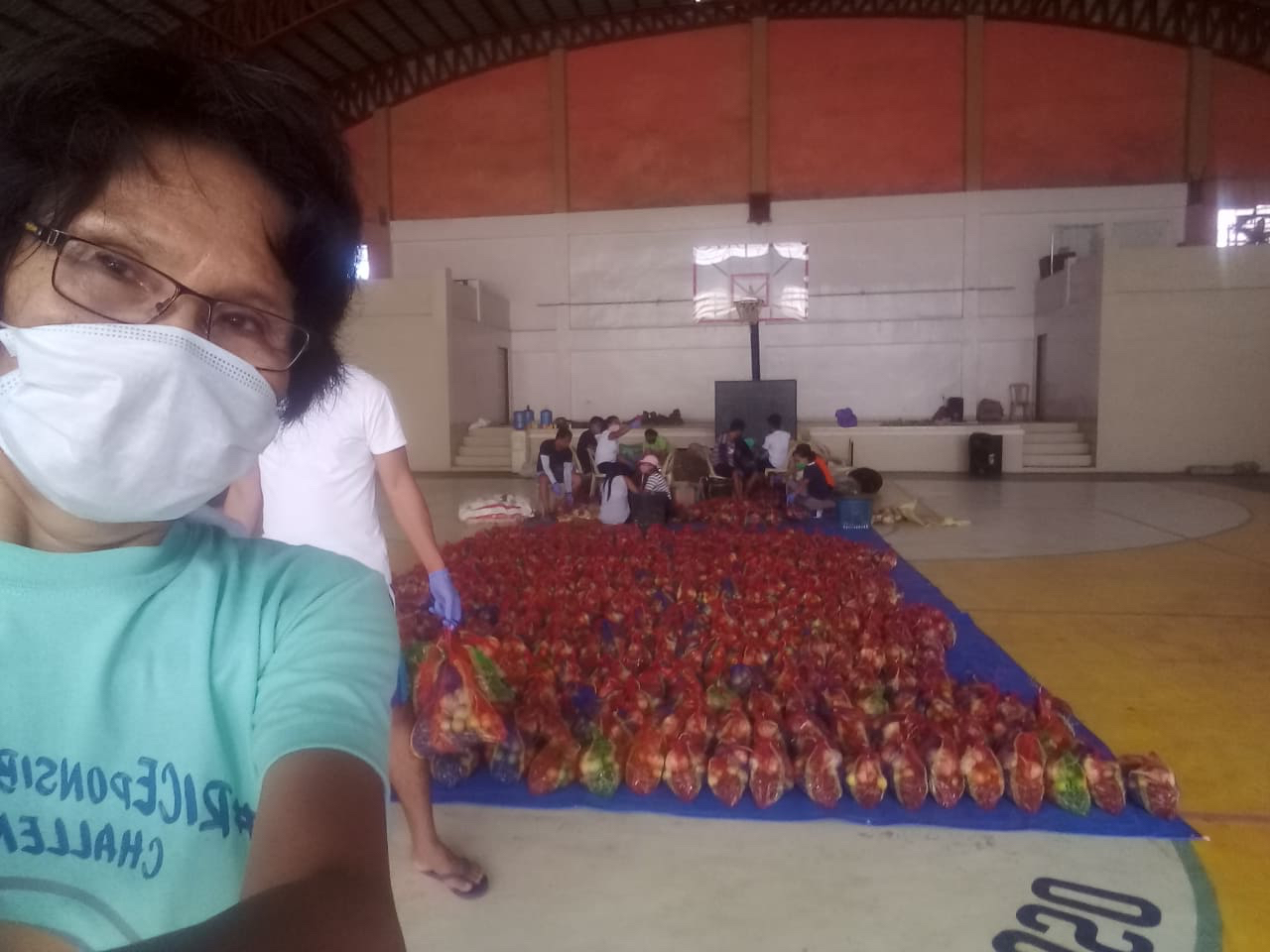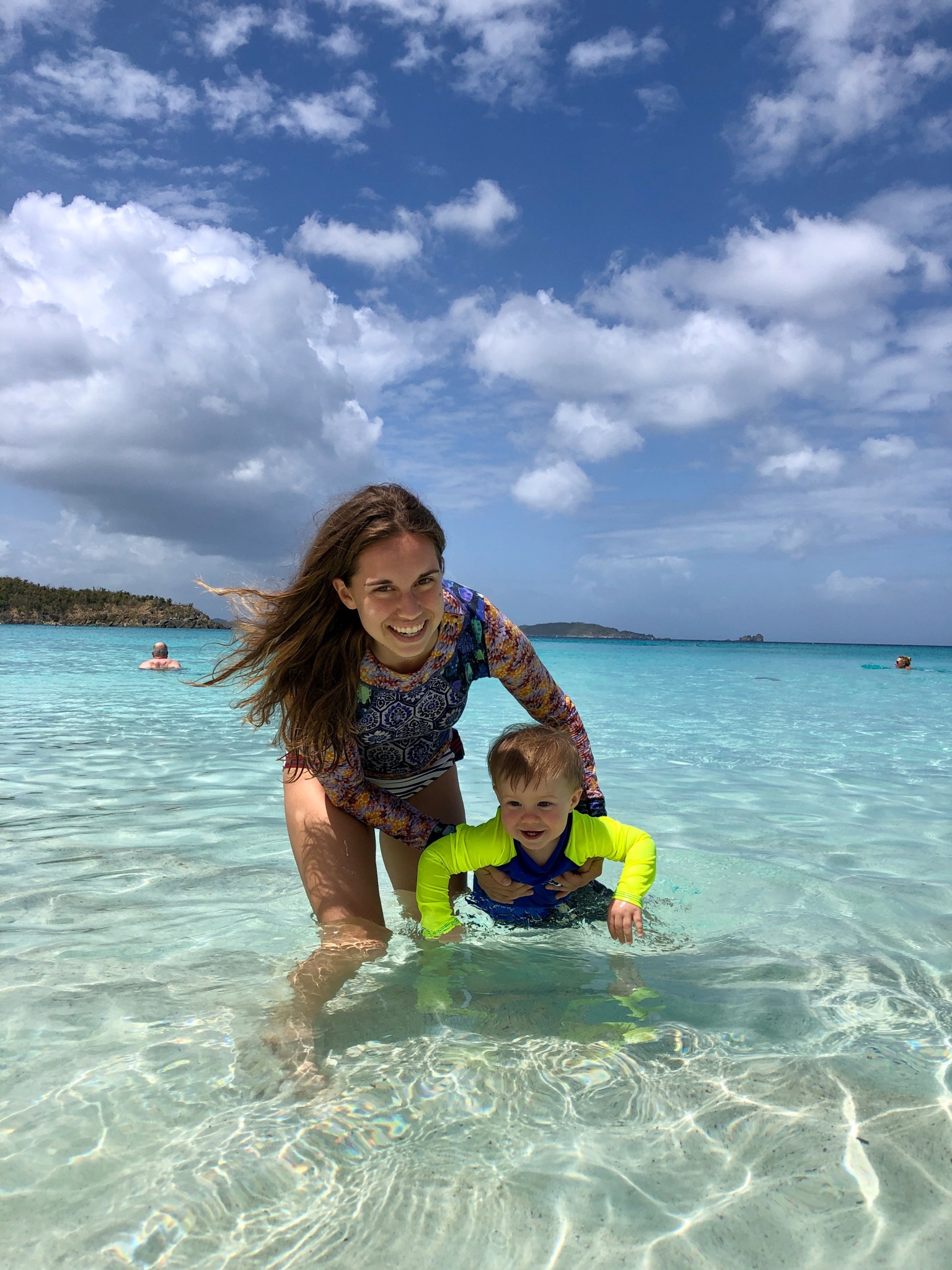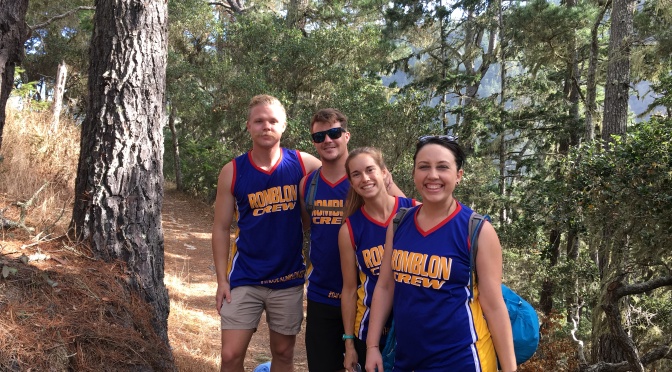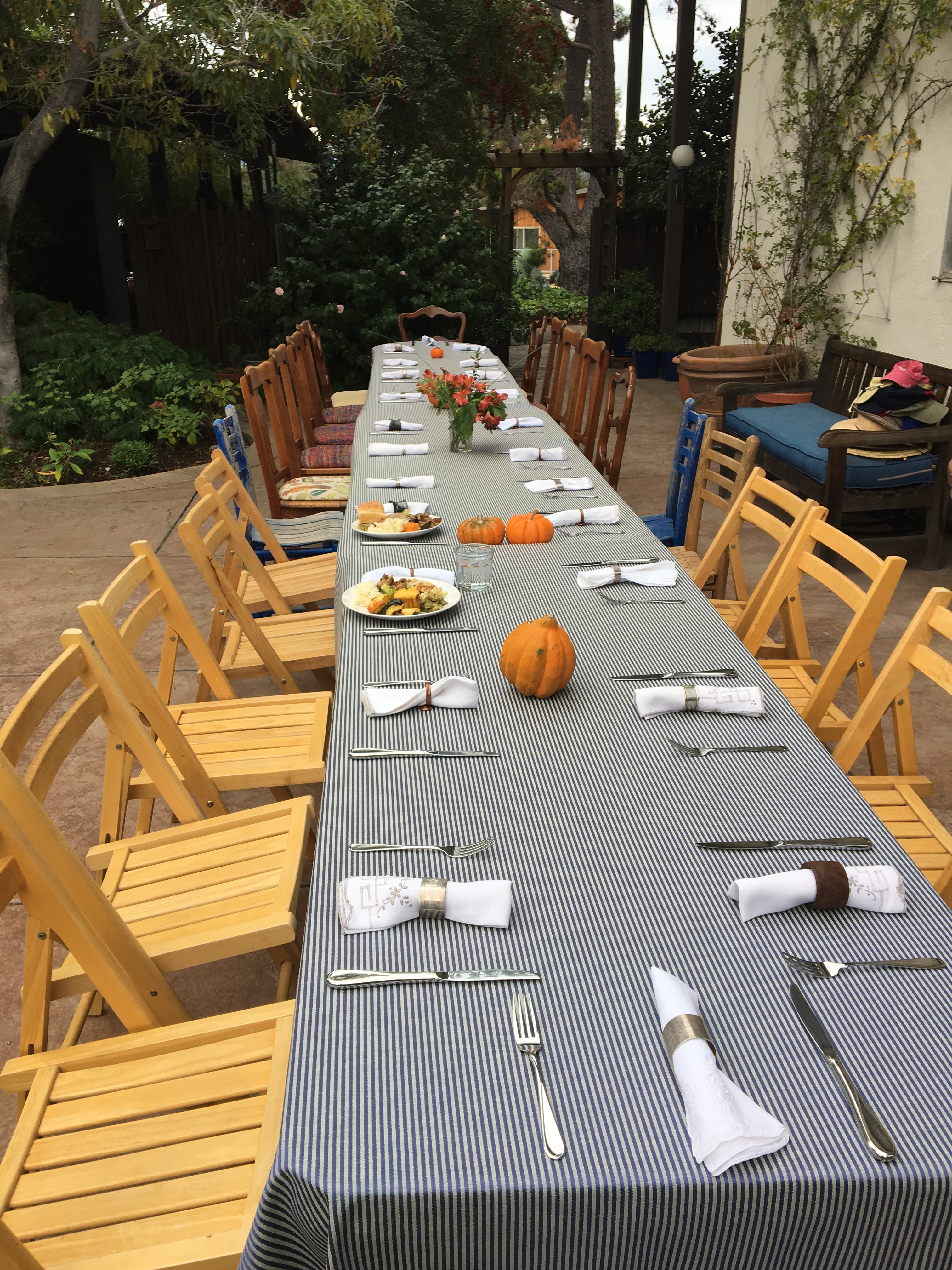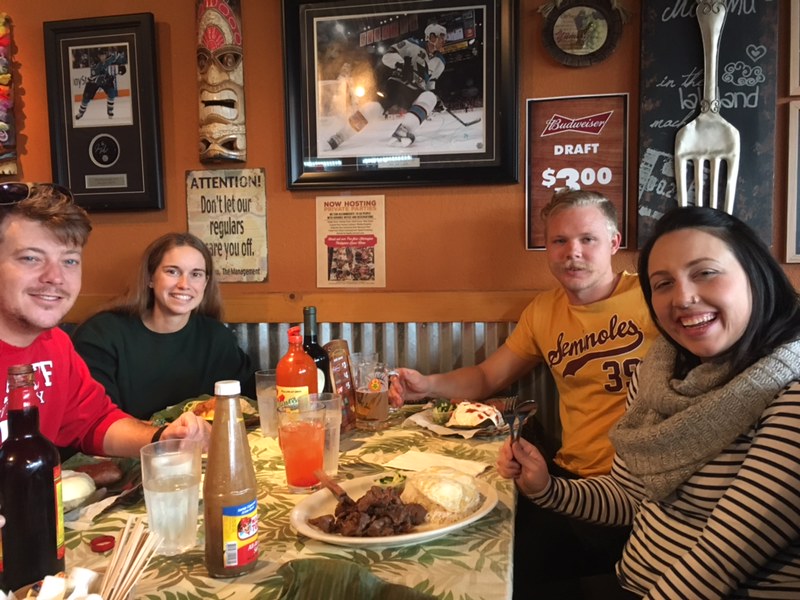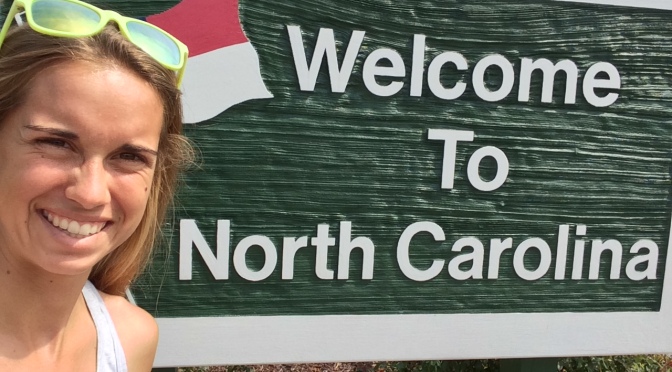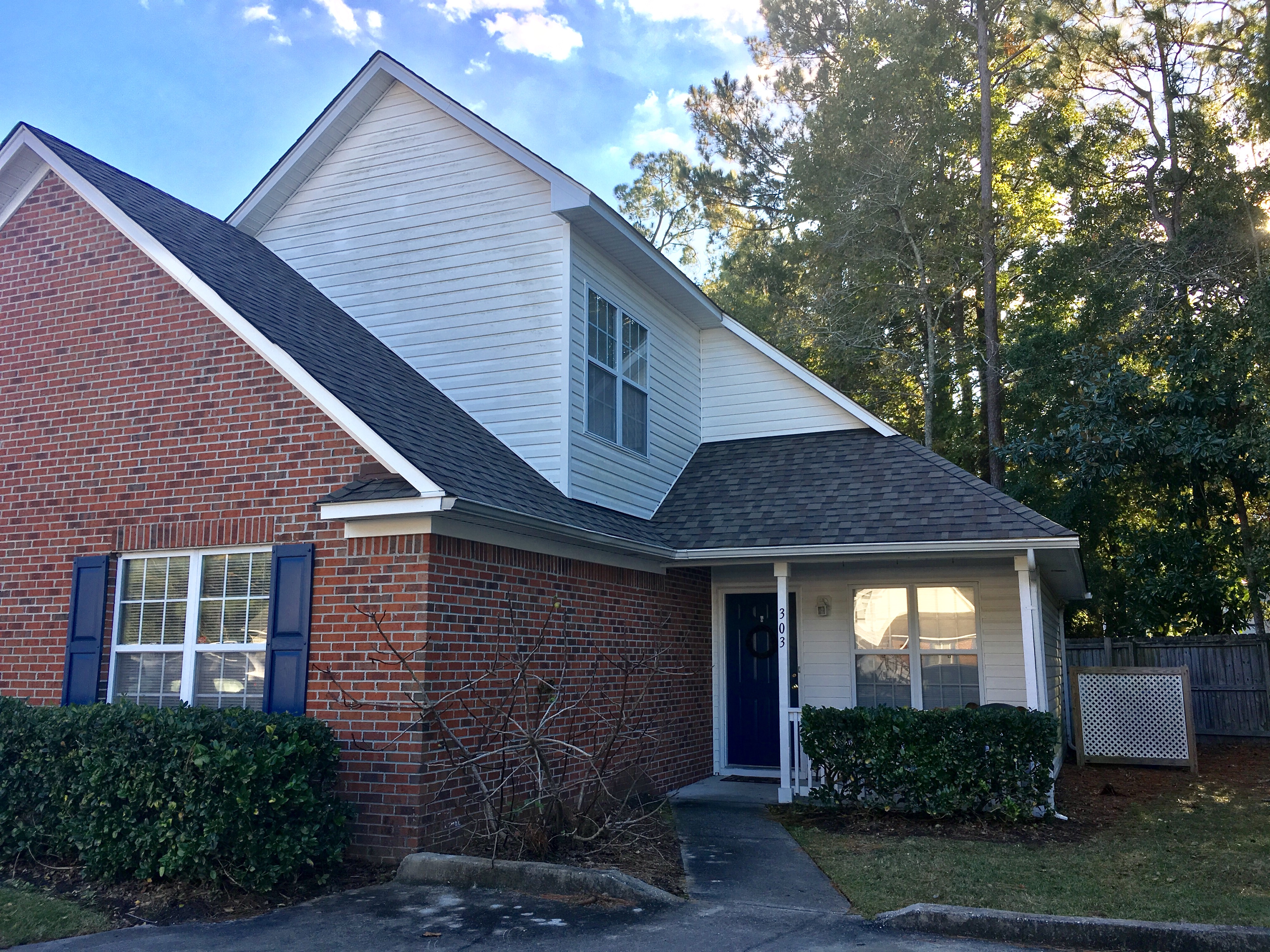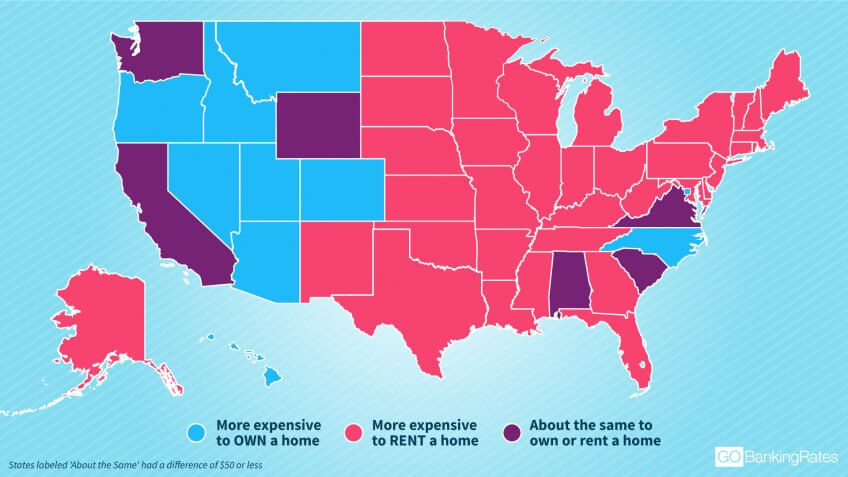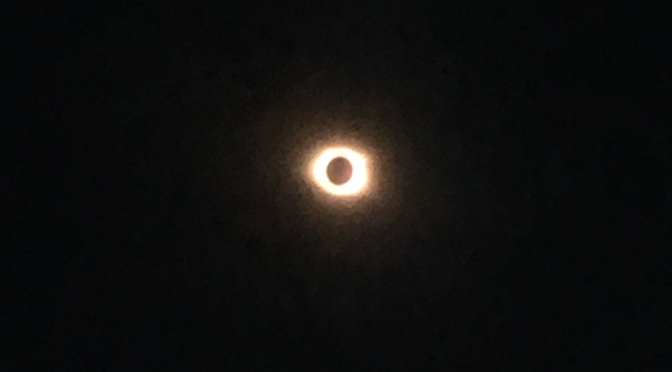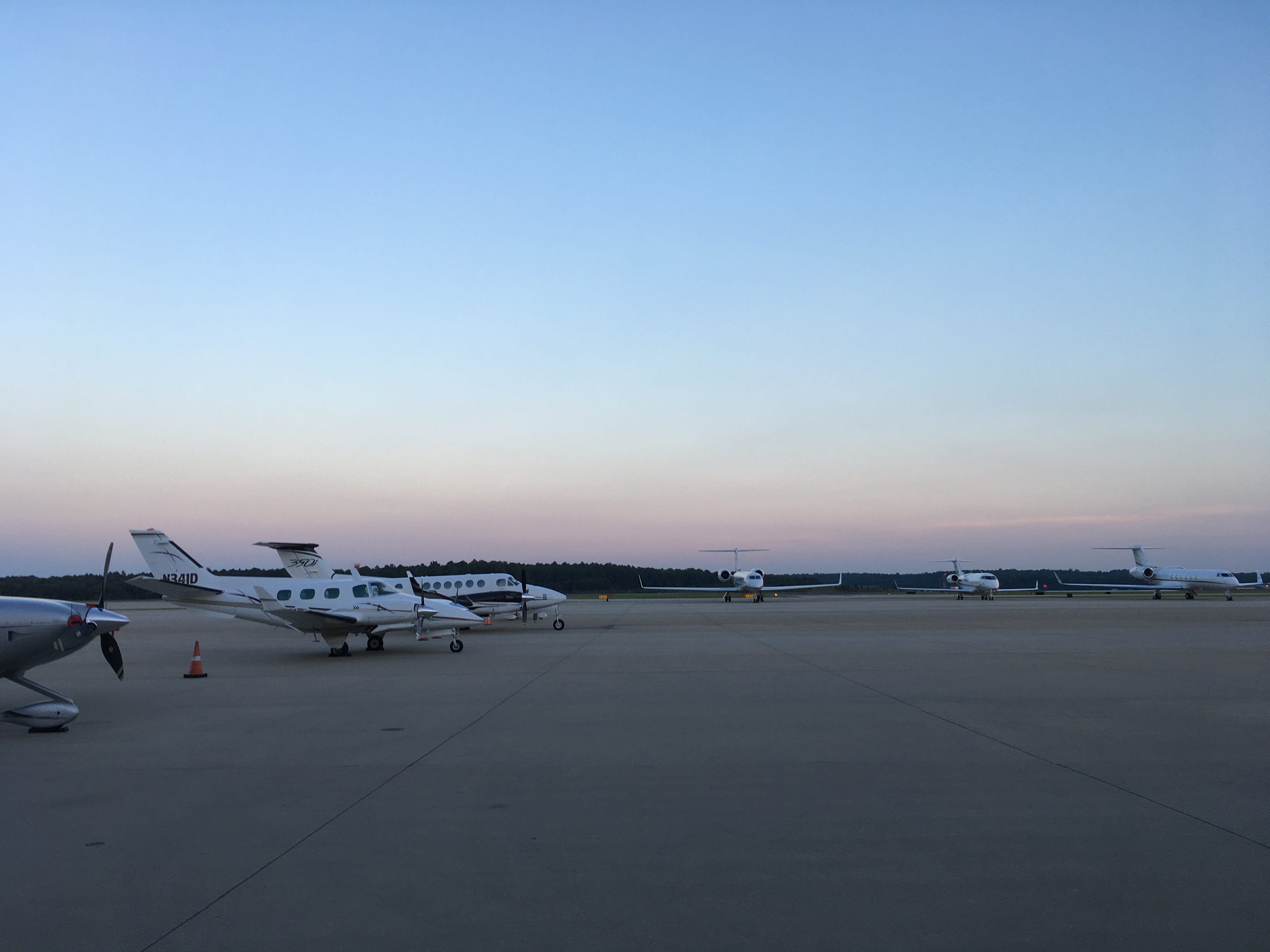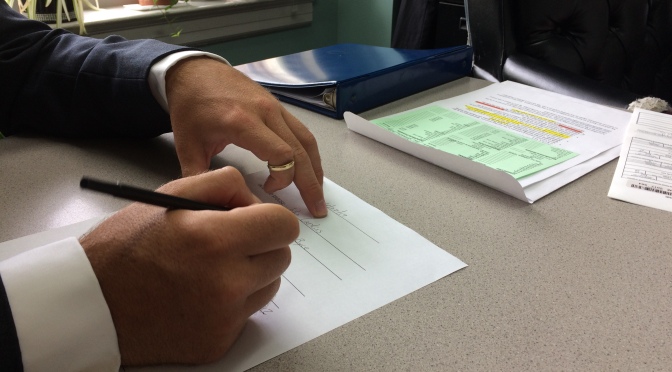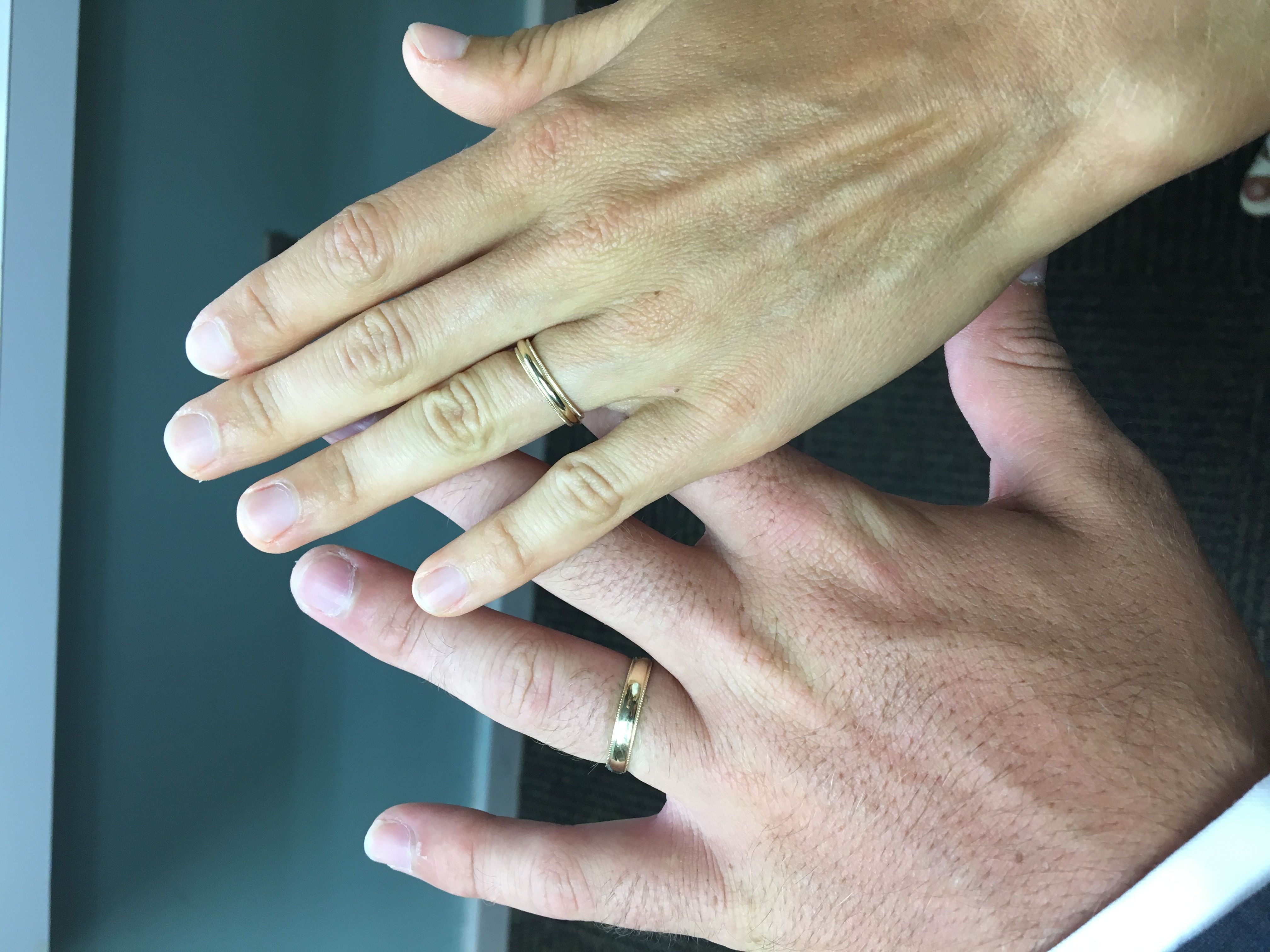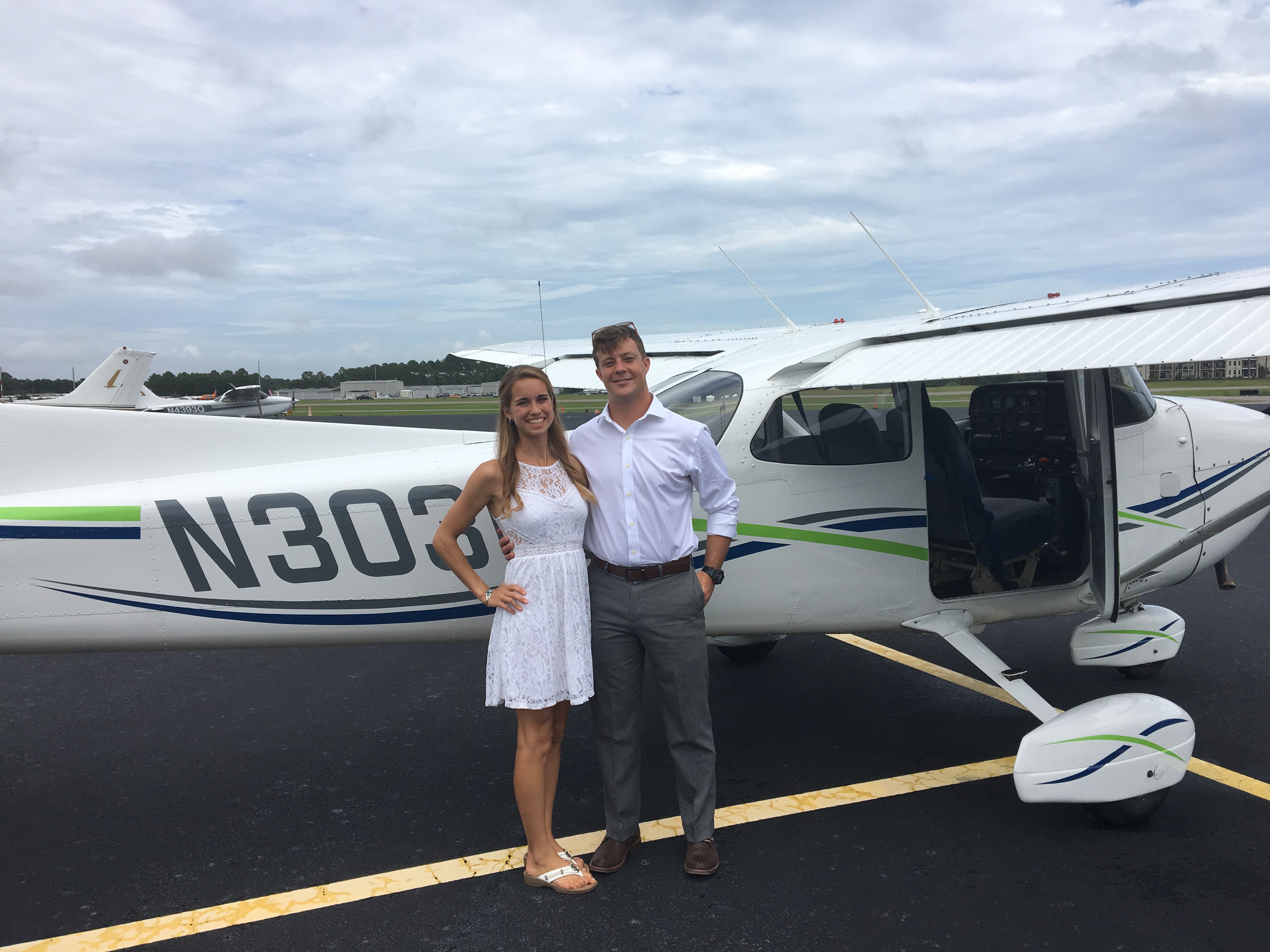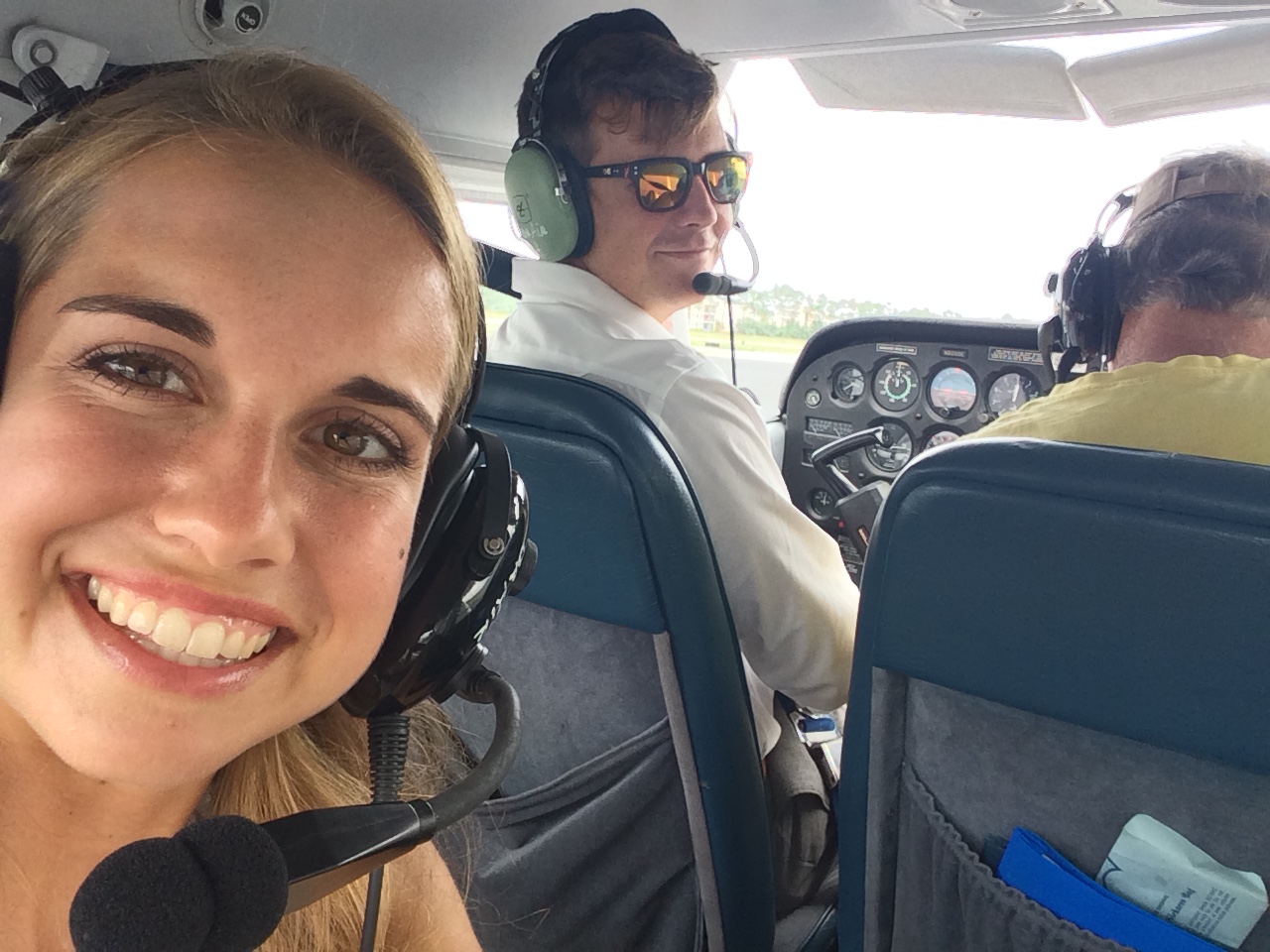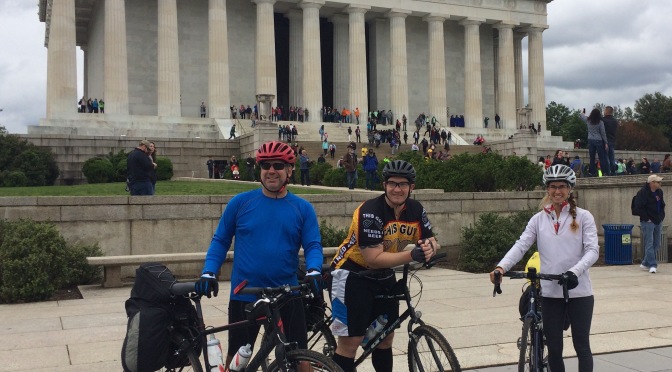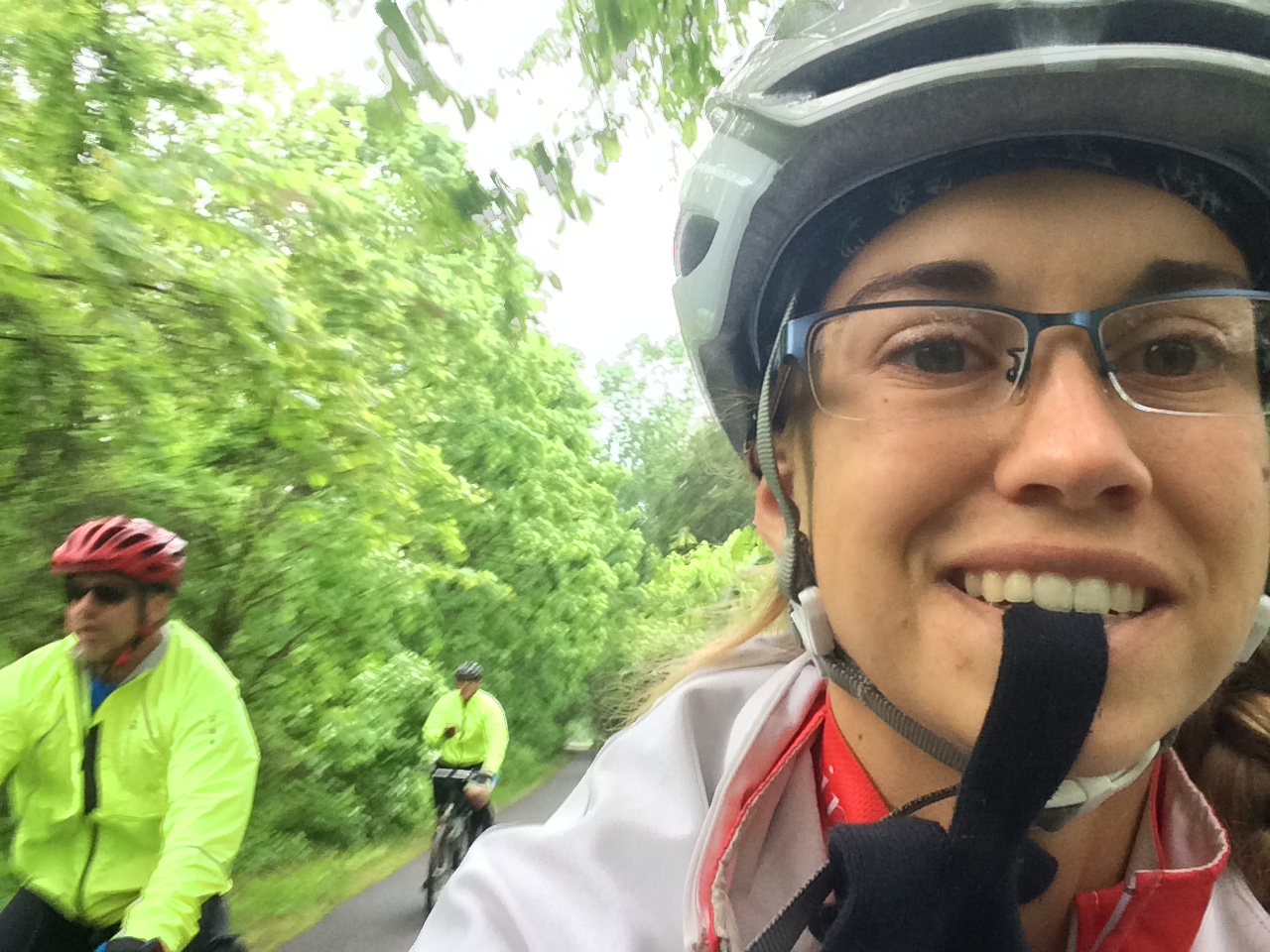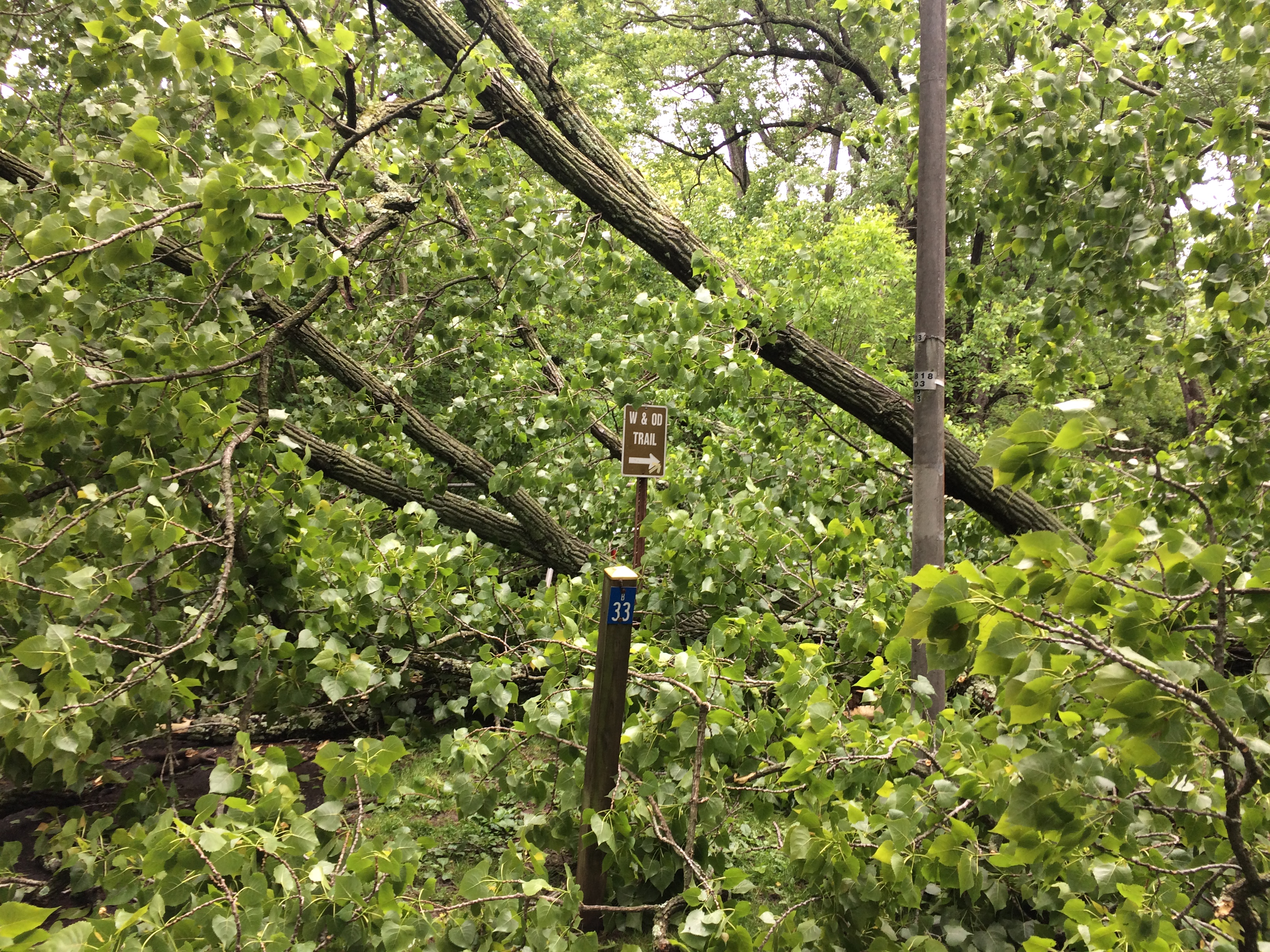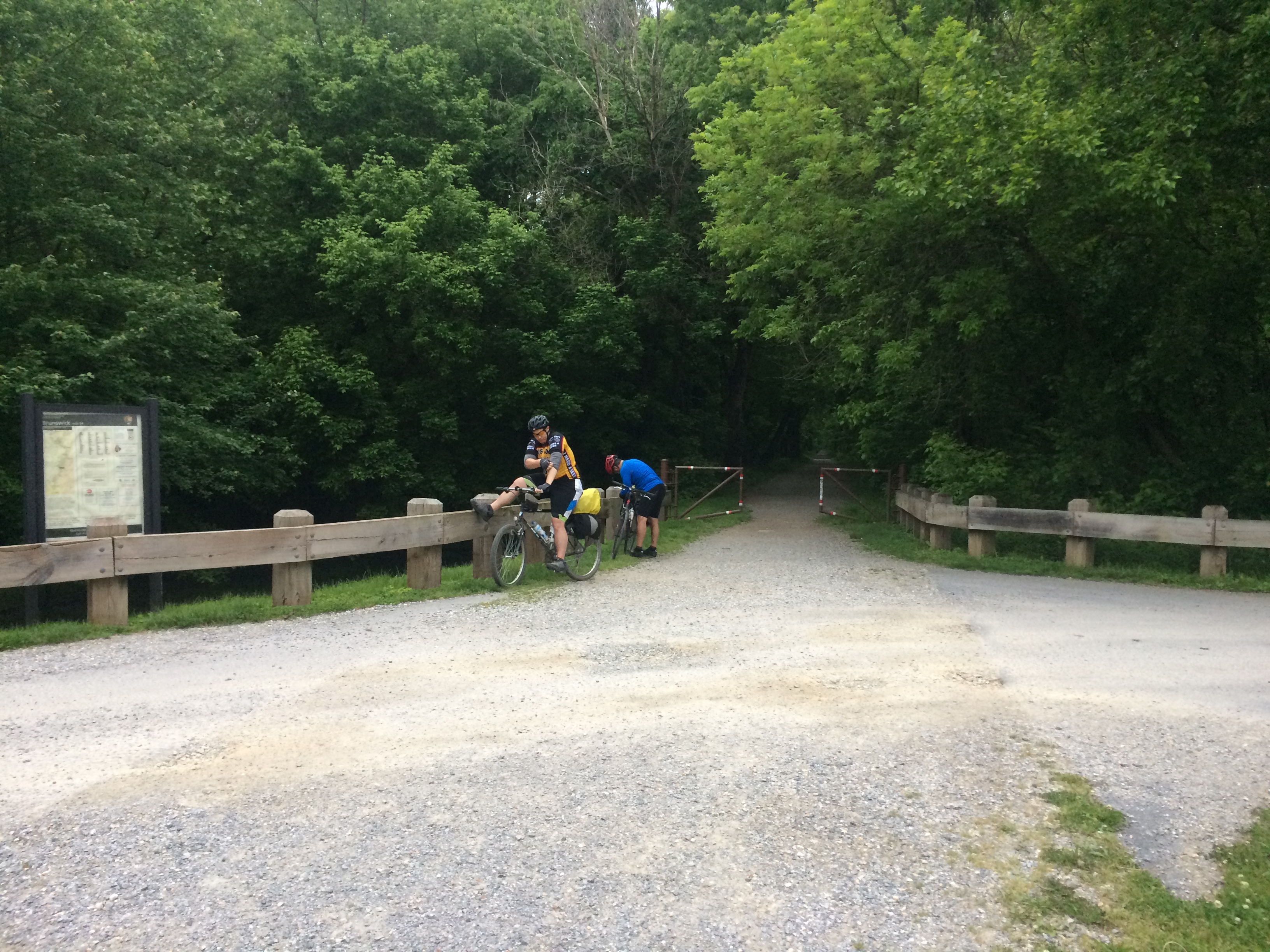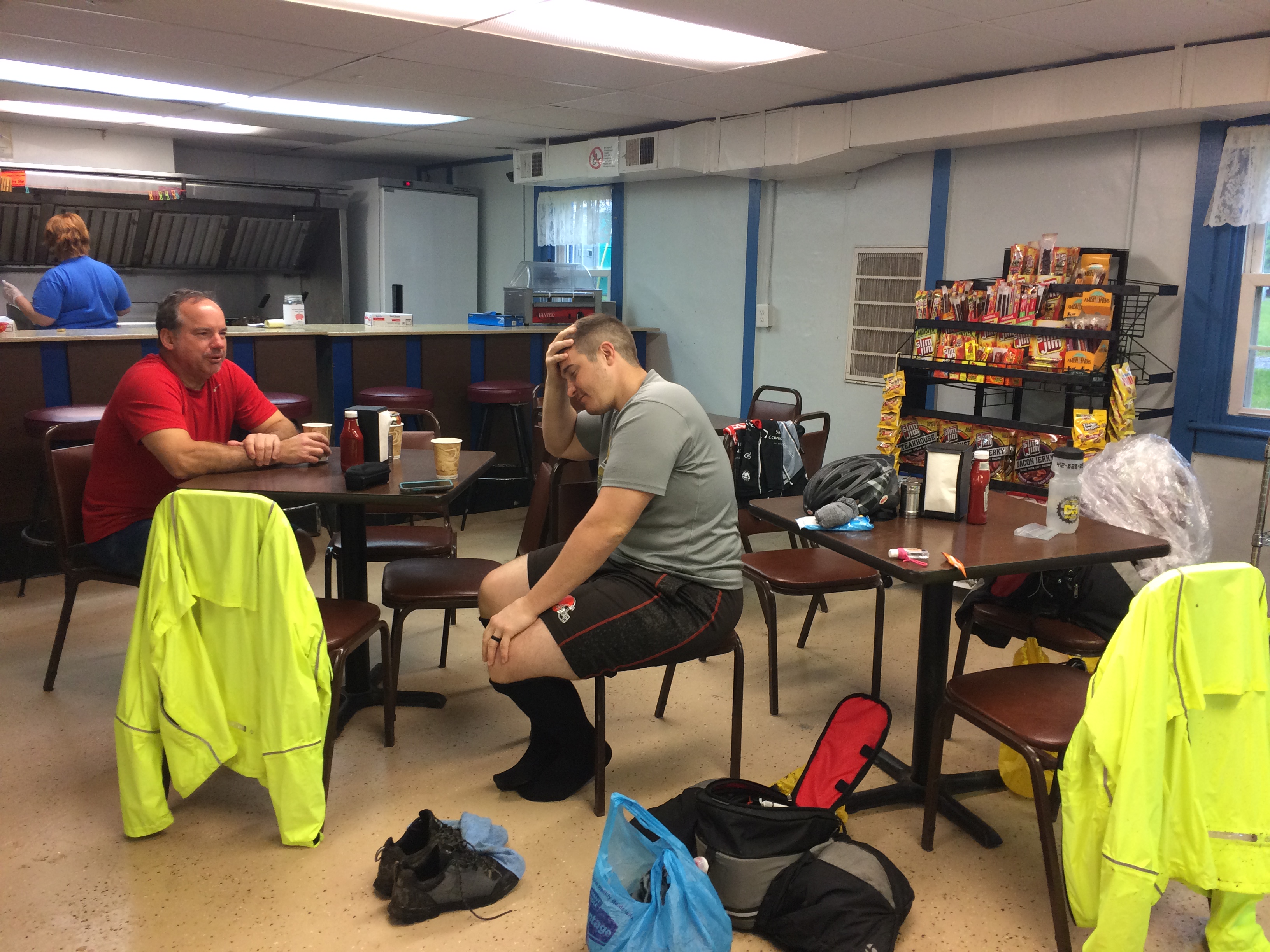Over the past six months I have had weekly virtual meetings with my remarkable counterparts at Bataan Peninsula State University’s (BPSU) Abucay campus. Together, we have worked to create a 5-year agritourism development plan set to launch in 2023.
I remember hearing a warning during our first week of training that project momentum typically starts to pick up about halfway through service. And that the final weeks of service are when most projects takeoff. This description was accurate – and what a sprint this final month has been!
One month before the end of our engagement, my counterparts were awarded funding to travel from the Philippines to Singapore to explore other agritourism models firsthand. This trip transformed our plans from a modest undertaking of five key focal attractions to this robust arrangement of four on-campus tourism zones. As we worked to rewrite our written proposal to match the new zoned layout, we were able to add new, key features such as a flower labyrinth, designed as a calming space for beautiful photography as well as a key pollinator habitat.
Weighing in at 25 pages long, our project proposal maps out four recreational zones designed to increase the physical and mental wellbeing on campus and to create opportunities for on campus recreation and tourism:
The MAIN ZONE will set the tone for the visitor experience from one’s initial arrival through the new main entrance gate. After passing through the gate, guests will enter the new Tourism Center, a starting and ending point for all tourism programs. At the Tourism Center guests can learn about recent campus achievements and shop in the book store for BPSU branded materials, gifts and supplies. Also in this zone the combination of a greenhouse and a new farm-to-table restaurant will close the circle on food production. Guests will view newly sprouted seedlings and learn about the grow cycles of on campus crops before enjoying a taste of the in-season produce featured in the current restaurant menu.
The ACTIVITY AREA ZONE will begin construction after the Main Zone. This area will expand campus offerings through the creation of a camping area, overnight cabins in the form of Modern Bahay Kubos, a low ropes course, an amphitheater and an aviary. This area can be rented out to student groups or local community groups for a retreat activity and/or team building sessions.
The BOTANICAL GARDEN ZONE will be the photographic highlight of the campus. With multiple opportunities for beautiful photo-taking from the ornate flower garden to the shaded bamboo park, this space can be used for relaxation as the backdrop for special moments. The large Viewing Deck will offer the best vantage points to look down on the botanical gardens.
The last zone to begin construction will be the FARM ANIMAL ZONE, which will feature updates to existing Farm Animal buildings to allow for safe, clean and comfortable tourist viewing. A final recreational attraction of this area will be the hanging bridge offering an exciting look out and down over the campus grounds.
Along with these new on campus developments, the University staff will launch a series of programs including guided tours, workshops, events, facilities rentals, and team building activities. Designed to bring tourists to campus and create partnerships with the local community, these programs will share agricultural best practices with visitors and provide opportunities for enhanced skills development among students.
Amidst our discussions of construction timelines and budget estimates we also learned the rhythms of our respective lives. The BPSU staff were patient when my young kids occasionally burst into our meetings. And I understood that if I logged onto a meeting and no one was there, it might be that transportation was delayed or there was a power outage and if I simply wait for a moment, I should hear from them.
I am very proud of our final output and am excited to keep in touch as they now work to implement this staged development plan. Someday in the future, I hope to visit BPSU Abucay campus in person, walk through the flower labyrinth, stay at the campgrounds, and explore the farm animal trail firsthand.


